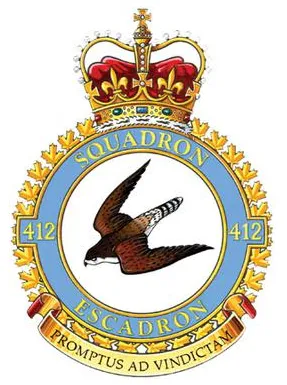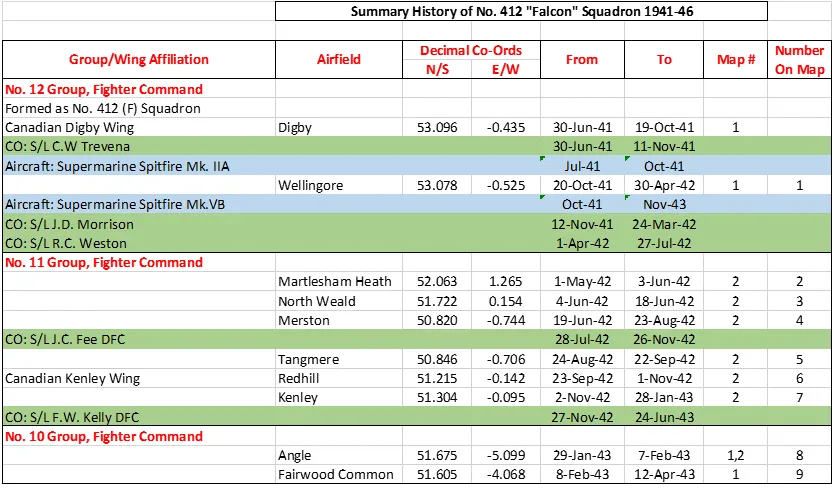Beechcraft Expeditor

Beechcraft CT-128 Expeditor Mk. 3TM (Serial No. A-734), (Serial No. CA-134), RCAF (Serial No. 1534), coded AO-N, Air Transport Command.
The Beechcraft Model 18 (or "Twin Beech", as it is also known) is a 6- to 11-seat, twin-engined, low-wing, tailwheel light aircraft manufactured by the Beech Aircraft Corporation of Wichita, Kansas. Continuously produced from 1937 to November 1969 (over 32 years, a world record at the time), over 9,000 were built, making it one of the world's most widely used light aircraft. Sold worldwide as a civilian executive, utility, cargo aircraft, and passenger airliner on tailwheels, nosewheels, skis, or floats, it was also used as a military aircraft.
During and after World War II, over 4,500 Beech 18s were used in military service"”as light transport, light bomber (for China), aircrew trainer (for bombing, navigation, and gunnery), photo-reconnaissance, and "mother ship" for target drones"”including Royal Canadian Airforce (RCAF), United States Army Air Forces (USAAF) C-45 Expeditor, AT-7 Navigator, and AT-11 Kansan; and United States Navy (USN) UC-45J Navigator, SNB-1 Kansan, and others. In World War II, over 90% of USAAF bombardiers and navigators and pilots trained in these aircraft.
In the early postwar era, the Beech 18 was the pre-eminent "business aircraft" and "feeder airliner". Besides carrying passengers, its civilian uses have included aerial spraying, sterile insect release, fish stocking, dry-ice cloud seeding, aerial firefighting, air-mail delivery, ambulance service, numerous movie productions, skydiving, freight, weapon- and drug-smuggling, engine testbed, skywriting, banner towing, and stunt aircraft. Wikipedia
CASPIR Aircraft Groups:
RCAF On Strength (415), Canadian Aircraft Losses (21), RCN On Strength (1)Expeditor Mk. 3T 1425
Ex USAAF C-45F serial number 44-87316. Served with No. 12 (Com) and No. 412 (T) Squadrons post war at Rockcliffe and Uplands. Delivered Air Commodore Millar, AOC MCHQ from Rockcliffe to Winnipeg, arriving on 17 October 1946. Carried Air Vice Marshal Slemon on Arctic tour, September 1947. Also served with Admin Unit at Uplands, date unknown. Was personal transportof the Air Officer Commanding Air Material Command Headquarters, but maintained and operated by No. 412 Squadron, when it crashed. Went missing on flight from Rockcliffe to Chatham on 21 April 1949, wreckage not found until 1955. 3 fatalities.
1945-07-12 Taken on Strength 2019-08-20
1949-09-01 Struck off Strength Struck off, after going missing, see comments. 2019-08-20



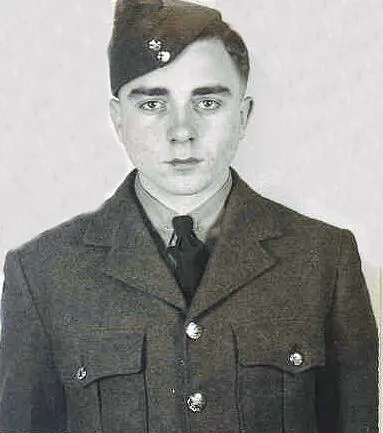

 Aviation Safety Network
Aviation Safety Network Canadian Virtual War Memorial
Canadian Virtual War Memorial Find-A-Grave.com
Find-A-Grave.com Kinburn, Ontario
Kinburn, Ontario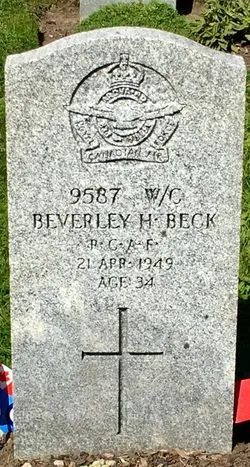
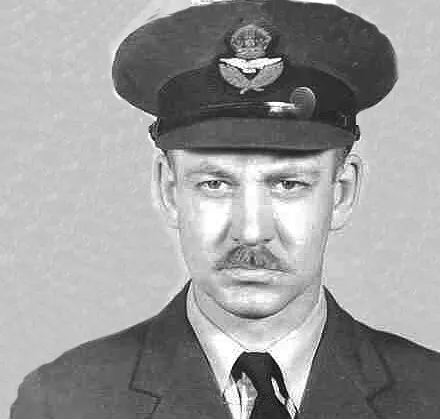
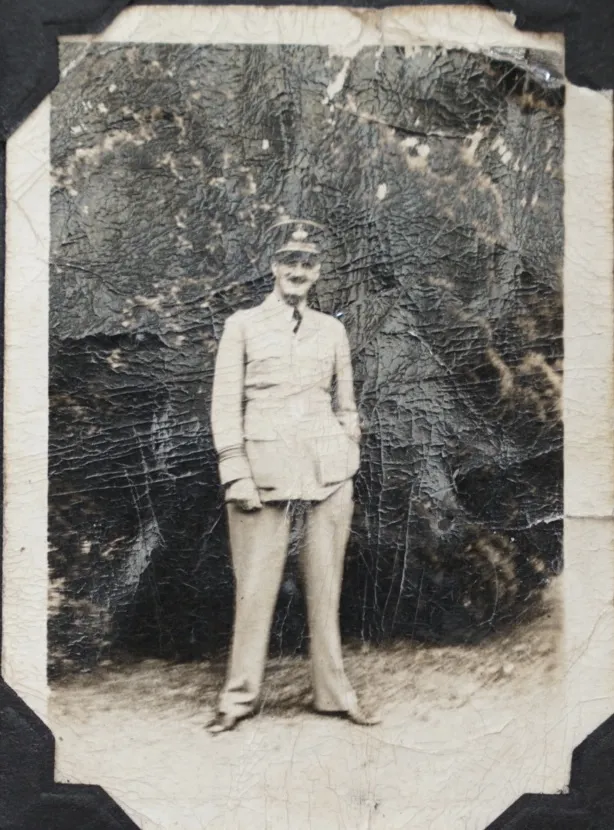


 Expeditor
Expeditor Wikipedia Expeditor
Wikipedia Expeditor